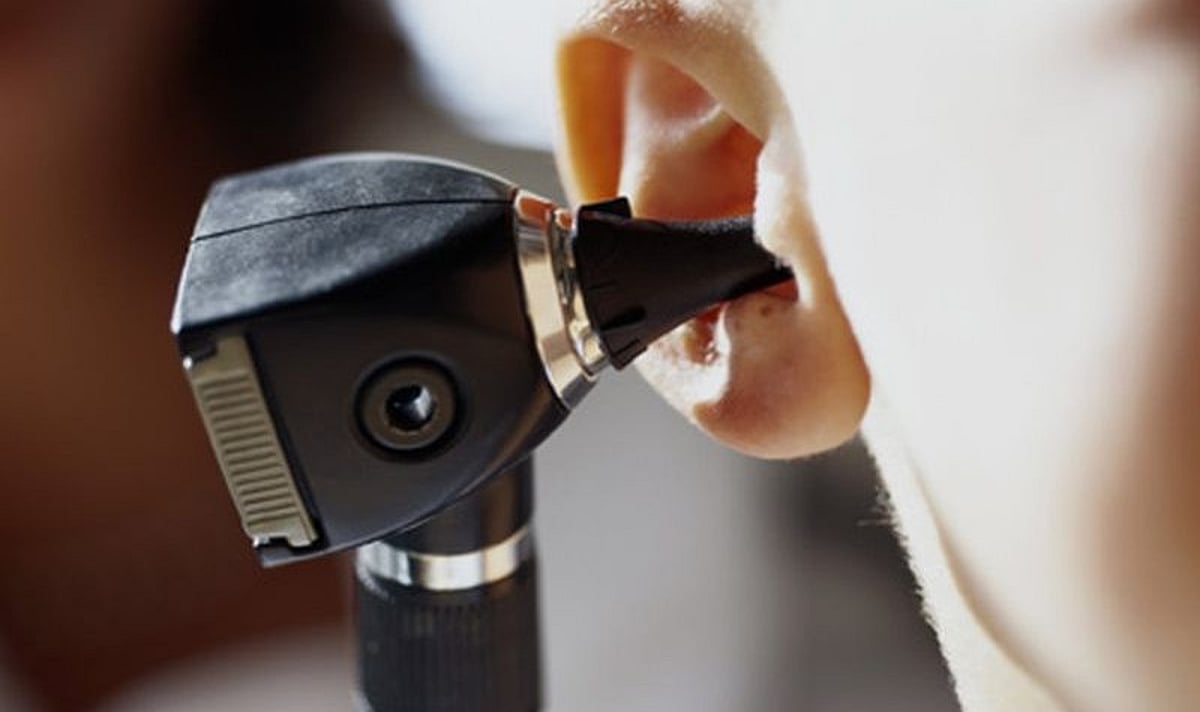
Researchers at the University of Pittsburgh School of Medicine have developed an artificial intelligence decision support tool that can analyze videos of the tympanic membrane to predict the diagnosis of acute otitis media (AOM). This tool has shown promising results in enhancing the accuracy of diagnosing AOM, particularly in young children.
The study, published in JAMA Pediatrics, included analysis of otoscopic videos of the tympanic membrane taken during outpatient clinic visits in Pennsylvania. The researchers found that the artificial intelligence tool was able to classify videos into AOM versus no AOM categories with a sensitivity and specificity of over 90 percent.
According to lead author Nader Shaikh, M.D., the tool has the potential to be used by medical personnel to improve training, communication with colleagues, documentation in electronic health records, and discussions with parents. The study showed that bulging of the tympanic membrane was closely aligned with the predicted diagnosis of AOM, further highlighting the potential of this technology.
Further research and development of this artificial intelligence tool could significantly improve the accuracy and efficiency of diagnosing AOM, especially in young children. This innovative approach has the potential to revolutionize the way healthcare professionals approach the diagnosis and management of ear infections.

